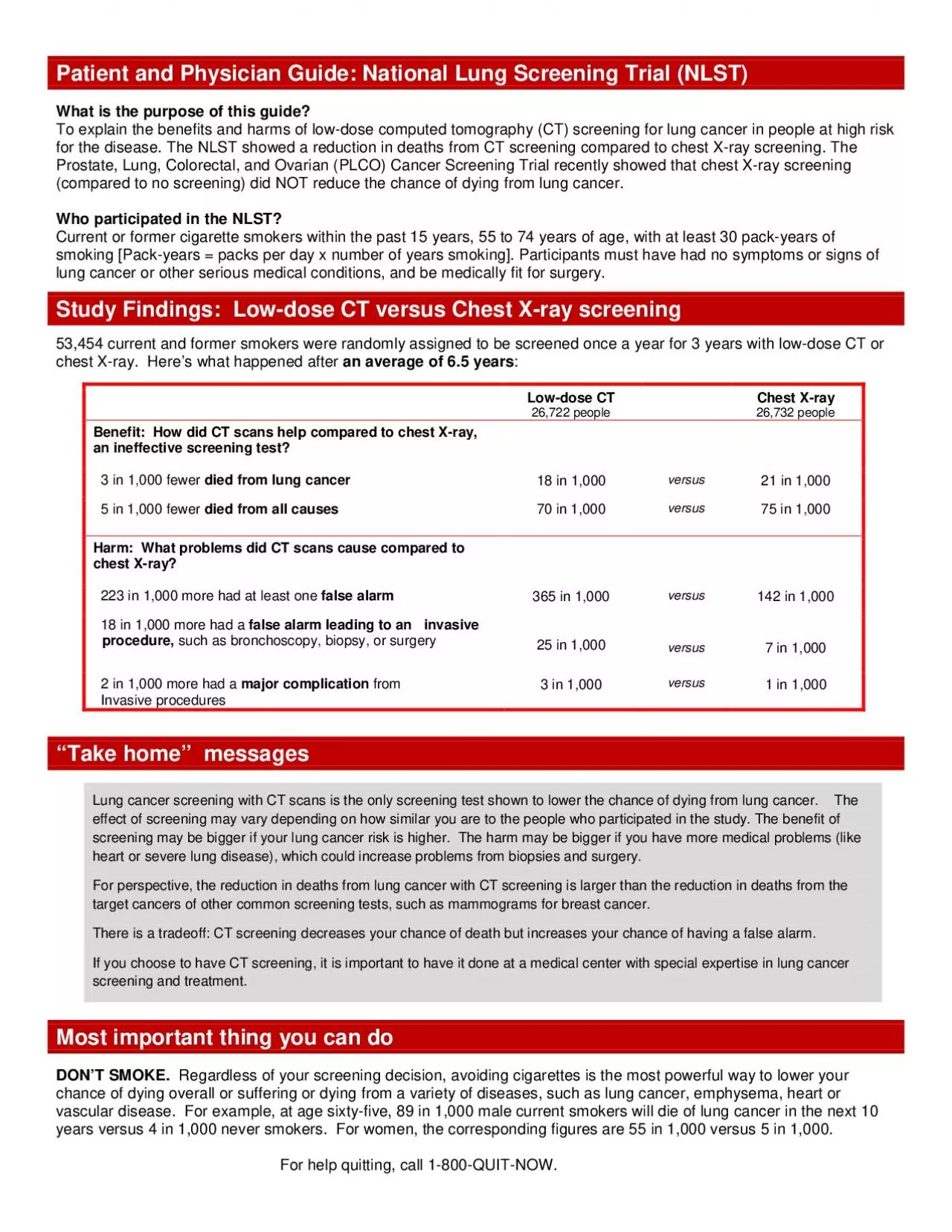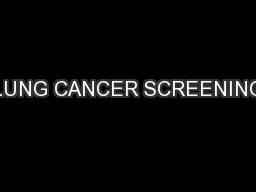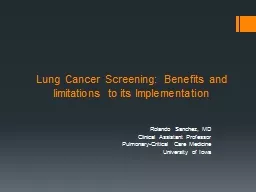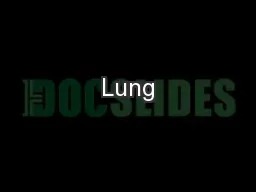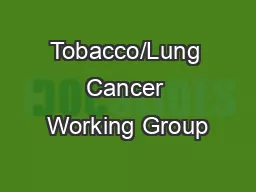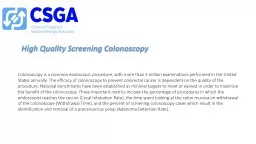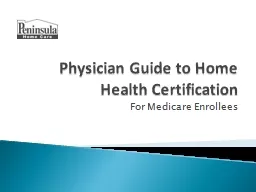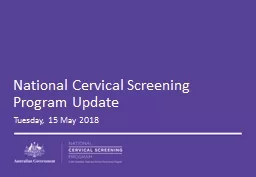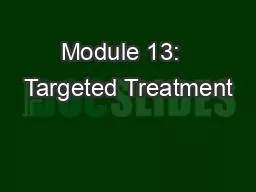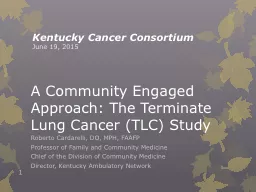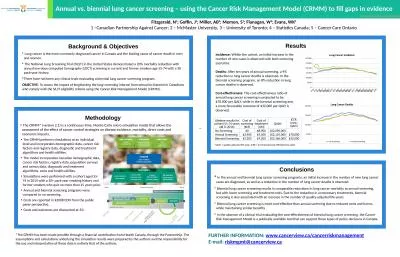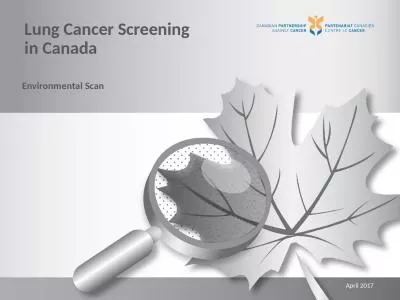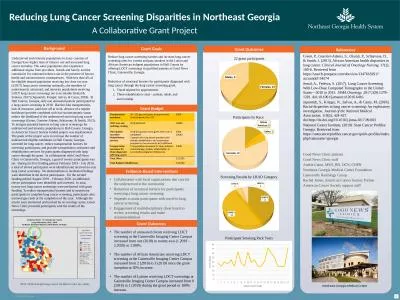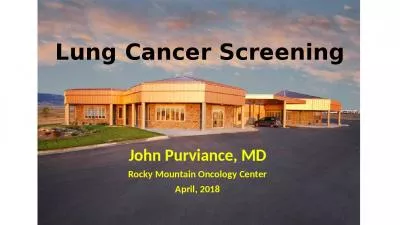PDF-Patient and Physician Guide National Lung Screening Trial NLST
Author : morgan | Published Date : 2022-08-20
What is the purpose of this guideTo explain the benefits and harms of lowdose computed tomography CT screening for lung cancer in people at high risk for the diseaseThe
Presentation Embed Code
Download Presentation
Download Presentation The PPT/PDF document "Patient and Physician Guide National Lun..." is the property of its rightful owner. Permission is granted to download and print the materials on this website for personal, non-commercial use only, and to display it on your personal computer provided you do not modify the materials and that you retain all copyright notices contained in the materials. By downloading content from our website, you accept the terms of this agreement.
Patient and Physician Guide National Lung Screening Trial NLST: Transcript
Download Rules Of Document
"Patient and Physician Guide National Lung Screening Trial NLST"The content belongs to its owner. You may download and print it for personal use, without modification, and keep all copyright notices. By downloading, you agree to these terms.
Related Documents

